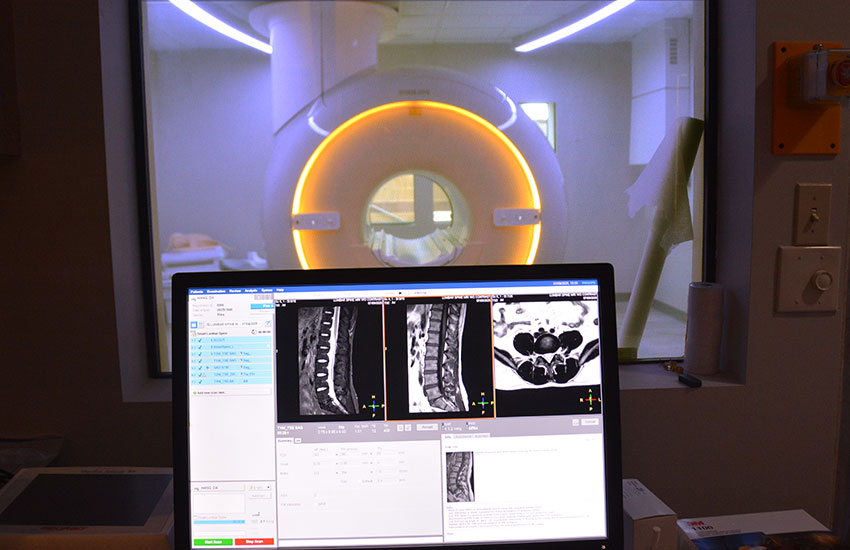The basics of MRI scans
Magnetic resonance imaging (MRI), a medical imaging method, uses a magnet field and computer-generated radio-waves to produce detailed images of your organs and tissue.
Large, cylindrical-shaped magnets are the norm in MRI machines. The magnetic field in an MRI machine temporarily aligns the water molecules within your body. These aligned atoms produce radio waves that create faint signals. They are then used to generate cross-sectional MRI pictures — just like bread slices.
MRI allows your doctor to inspect your tissues, organs and skeletal system in a non-invasive manner. This high-resolution imaging of the internal organs of the body can help to diagnose many problems.
MRI is one of the most common imaging tests for the brain and spine. This is often done to diagnose
What is the procedure?
Because MRI utilizes powerful magnets, metals in the body could pose a danger if they are attracted to it. Metal objects, even if they are not attracted by the magnet can cause distortions to the MRI images. You will likely be asked to complete a questionnaire before you undergo an MRI. This includes information about whether or not you are carrying metal objects.
Also, it is important that you discuss any liver or kidney problems with the technologist and your doctor. This could limit your ability to inject contrast agents during the scan.
The MRI machine is a narrow, long tube with both ends visible. The tube opens by you laying down on the tube’s opening. From another area, a technologist watches you. The microphone allows you to communicate with the other person.
You might receive a medication to reduce anxiety and sleepiness if you are afraid of enclosed spaces (claustrophobia). The exam is easy for most people.
An MRI machine generates a magnetic field that surrounds you and radiates radio waves at your body. It is very painless. The magnetic field and radio waves are not felt by you. There is no movement around your body.


